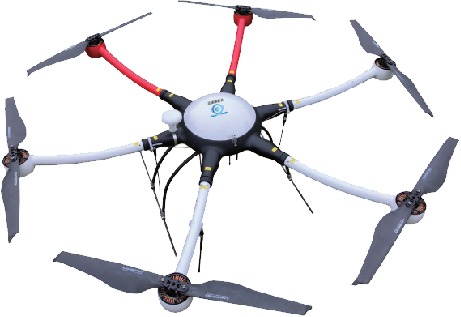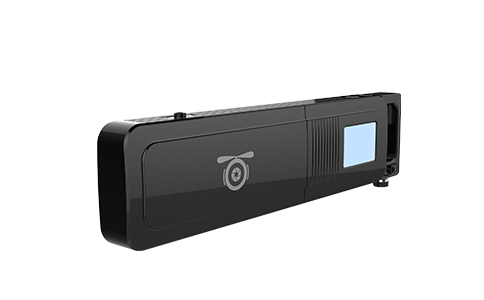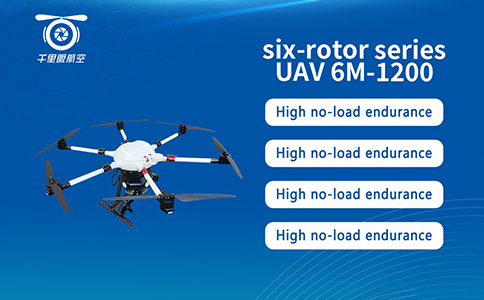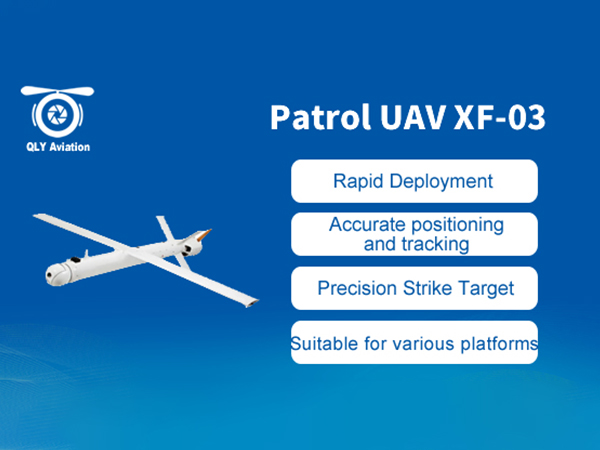Problems and countermeasures in the field of UAV countermeasures
- 2024-05-06
- 310
- Clairvoyant Aviation Technologies INC.(NANJING,CHINA)
At present, China's economy continues to grow, and the level and ability of scientific and technological innovation have been greatly improved. The relevant technical means of unmanned aerial vehicles have also been greatly developed, and their functions and support capabilities have been continuously improved, which can better meet the needs of scientific and technological development. A drone is an aircraft that can be effectively controlled remotely and can accomplish a specific task at a specific time.
At present, there are many unmanned aerial vehicles with the characteristics of "low speed and small", "black flight" interference, invasion of restricted areas and other illegal behaviors, and combined with traditional crimes, forming a new form of crime, which poses a great threat to the security of the country, society and individuals. At the same time, because the level of citizens' awareness of the safety of drones is not high enough, the relevant departments' prevention mechanism for "low probability and high risk" drone crimes is not perfect. And because of its own function, level, efficiency and many other problems, so that the current counterforce is somewhat weak. Therefore, if we want to take the initiative in the future confrontation, we must conduct in-depth analysis of it and put forward corresponding countermeasures.
(1) High performance and strong technology.
Even the most common civilian drones have enough load capacity to install high-definition cameras, spray equipment, and so on. The advanced flight control system, high-definition image transmission system and cloud platform technology greatly reduce the operator's operation difficulty, and the low-delay 5G network makes it have greater flexibility, longer endurance, and high-speed flight far beyond the land, which can greatly improve its combat effectiveness.
(2) Low threshold and cost.
There are many ways to acquire drones, and the government does not pay attention to it, coupled with the poor awareness of drones, so they can easily buy various types of drones from the Internet. Some people with a certain level of technology can also buy their own drone accessories, and using this "non-cooperative" drone to commit crimes will bring a lot of trouble to the police.
(3) Easy to operate, not easy to malfunction.
Drones are much easier to operate than simulated aircraft and do not require systematic training. In addition, most aircraft have internal control systems that allow for flight or automatic return in case of an emergency.
(1) Interference blocking technology.
① Electromagnetic interference (EMI). EMI can effectively prevent the communication between the UAV and the main control station, and cut off the remote signal, data transmission, image transmission signal. It can make the UAV in a state of self-protection after losing the signal, so as to achieve emergency landing and driving. Moreover, it can effectively locate and interfere with multiple UAVs in a certain range, and has a certain killing effect.

② Navigation signal interference. Civilian unmanned aircraft usually use satellite navigation and positioning system to locate, and on this basis to interfere with it. Once there is no navigation signal, the UAV will lose its precise position, which will interfere with the control system of the UAV and cause certain restrictions on the flight of the UAV. This jamming method is easy to implement because of its weak navigation signal, but this interference will have a certain impact on the surrounding navigation terminal, so special care should be taken when using.
③ Acoustic interference. The drone has a key component, the gyroscope, which allows the drone to feel how it is flying. The drone relies on the gyroscope's feedback and control system to maintain its balance, so interfering with the gyroscope's work can make it ineffective. Acoustic interference is the use of radar sound waves to resonate, so that the radar echo lost effect, resulting in the crash of the drone. However, the current jamming methods have high cost and are not suitable for large-scale application.
(2) Direct destruction of technology.
Whether it is missiles, lasers, combat drones, or conventional weapons, they can be targeted and completely eliminated. But this method requires precise shooting and is costly, resulting in the irretrievable destruction of the drone. So directly destroying drones is not a civilian option.
(3) interception and capture technology.
Another method of combat is to intercept on the ground and in the air. The most common method is to shoot with a shotgun, but the range of attacks on drones is very small, there are also large drones used to capture small drones, you can also use 8-axis large drones, mounted on a large capture net, used to capture small drones.
However, because this way is more difficult to operate, and in terms of flexibility, small drones have a great advantage, so they have not been widely used. There is another way to do this, which is to train the falcon, catch the drone, and then deliver it to the designated place. To catch a drone, it has to be within visible range, so its range is limited. Due to the continuous development of obstacle avoidance technology, it will become more difficult to intercept and capture it.
(4) Decoy control technology.
① Navigation signal decoy. Aiming at the satellite navigation terminal of the civilian UAV, the false navigation satellite signal is used to lure it to the wrong place set by the system in advance. Using satellite positioning signal to deceive can achieve the purpose of setting no-fly zone, deceiving return point, course deceiving and so on. In the case that the unmanned reconnaissance plane receives the satellite navigation signal is relatively weak, the system only needs a small amount of transmitting power to achieve the purpose of jamming the target.
② Radio signal hijacking. At present, the control signals used by drones are mainly concentrated in the ordinary civilian band, such as 2.4GHz and 5.8GHz. The so-called "interception", which is to decrypt the communication protocol of the unmanned reconnaissance aircraft, and then gain full control of it through greater control, is currently one of the most advanced drone countermeasures technology in the world. However, with the continuous development of UAVs communication technology and cryptography technology, it is more difficult to decrypt UAVs, and the adaptation library and communication protocol of its spectrum characteristics need to be updated regularly.
③ Hacking technology. At present, many drones on the market are controlled by mobile phones and tablets, and communicate through wireless networks, so there are many mature hacking technologies that can intercept drones. However, due to its high technical threshold and difficult to realize commercialization, the current UAV countermeasure technology mainly focuses on interference blocking.












 Home
Home Product
Product Information
Information Calling
Calling